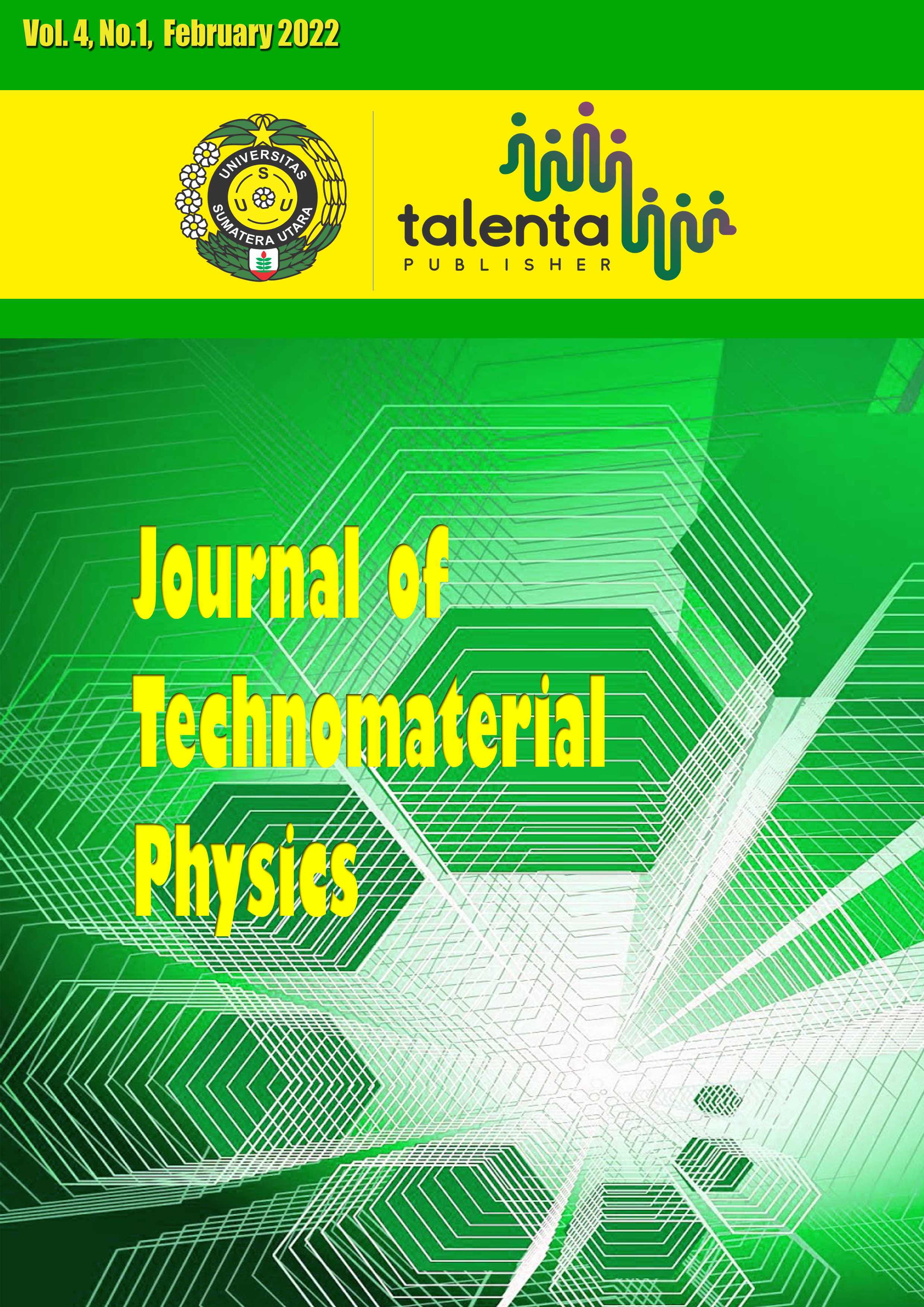Development of Mortar for Repair of Cracked Concrete with Injection Method
DOI:
https://doi.org/10.32734/jotp.v4i1.7779Keywords:
Glass Fiber, Compressive Strength, Mortar InjectionAbstract
This study aimed to develop a mortar with the addition of glass fiber as a mortar reinforcement with variations in the addition of glass fiber (0 gram; 5.99 grams; 17.97 grams) which was homogenized with variations in the addition of aggregate (5.32 kg; 2.66 kg; 0 kg) and cement variations (1.56 kg; 3.41 kg; 5.25 kg). Mortar is used as a material for repairing cracked concrete by using the injection method. The mortar tests carried out were mortar flow testing, flexural strength testing, compressive strength testing, adhesive strength testing, and OM observations. The results of the mortar flow test with a mixture of cement without aggregate and the addition of 5.99 grams of glass fiber showed that the mortar could flow in gaps of 1 mm, 3 mm, and 5 mm. The optimum flexural strength test results with the addition of glass fiber are that the cement mixture is more than the aggregate with glass fiber 17.97 gram, the flexural strength value of the mortar is 0.74 MPa. While the optimum compressive strength with the addition of glass fiber is a mixture of more cement than aggregate with glass fiber 17,97 gram, the compressive strength value of mortar is 16.6 MPa. The results of the optimum mortar adhesive strength test value flowing in a gap are the addition of 5.99 grams of glass fiber; the mortar adhesive strength value is 3.31 MPa. Based on the results of observations using OM, the glass fiber that binds or can blend with the mortar is a mixture of cement without the addition of aggregates.
Downloads
Downloads
Published
Issue
Section
License
Copyright (c) 2022 Journal of Technomaterial Physics

This work is licensed under a Creative Commons Attribution-ShareAlike 4.0 International License.








